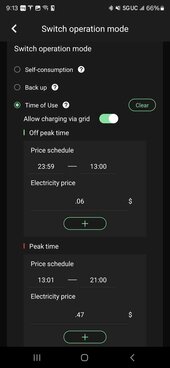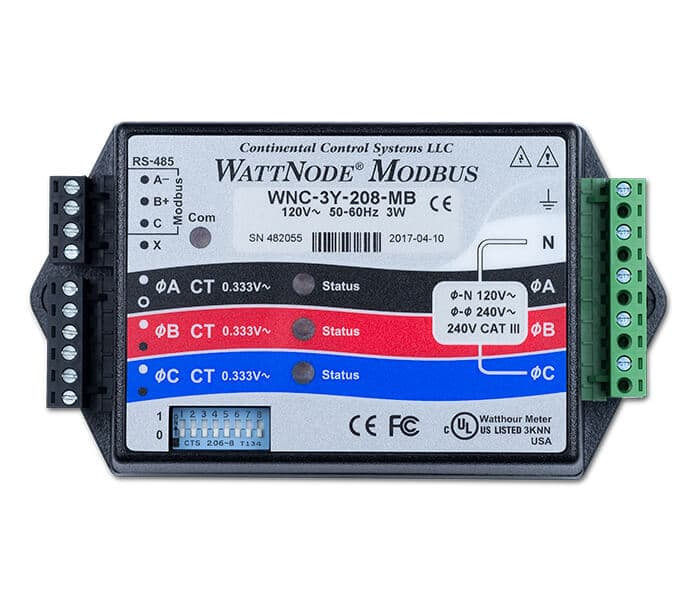Hedges
I See Electromagnetic Fields!
- Joined
- Mar 28, 2020
- Messages
- 21,653
Those of us going under California's NEM 3.0 (Solar Billing Plan) will want to use battery to shave imports and exports much of the time, to avoid earning about $0.02/kWh credit for exports one minute and then paying $0.40/kWh for imports the next.
But the plan also pays large credits for a few hours per day, a few months out of the year. Large, like $3.00 to $4.00/kWh between 7:00 and 9:00 PM in September, if I read the table correctly.

 diysolarforum.com
diysolarforum.com
Which inverters with a battery allow us to program them to discharge battery and force feed grid during those times?
@Hightechlabs reports Midnight The One does.

 diysolarforum.com
diysolarforum.com
I can report that SMA Sunny Boy Storage does NOT. With older firmware I was able to set a negative value for watts in Performance Profile, and although the GUI lit up the field red to indicate an error (outside allowed 0 ... 500,000 range), it did accept the value and did export. However, I had to update to later firmware because it wasn't reliably charging every day. With latest firmware, it does NOT accept the negative number. I'm stuck with just the one -700W setting I used for test, can't set -5000W or more like I want to. And there is no going back, have not found a way (in software, plan to spoof analog CT reading if no other solution.)
Anybody else?
@Will Prowse you're the official reviewer of everything PV, and this will be an important topic for DIY and turnkey customers. They just may not know it until/if they ever figure out they've missed out. We've already seen forum members suffering from inappropriate peak-shaving times that failed to save money at true-up.
(This thread as requested in https://diysolarforum.com/threads/m...kw-aio-at-intersolar-today.76840/post-1136984 )
But the plan also pays large credits for a few hours per day, a few months out of the year. Large, like $3.00 to $4.00/kWh between 7:00 and 9:00 PM in September, if I read the table correctly.

NEM 3.0
Which inverters with a battery allow us to program them to discharge battery and force feed grid during those times?
@Hightechlabs reports Midnight The One does.

Midnite Solar Announced their new 10kw AIO at Intersolar Today
Same generator for me. I had to roll it out last week. Nice thing is the wire's already run, I can likely remove the manual transfer switch/breakers. With a generator input, would this not need a chargeverter? It'd be solely to keep batteries topped in my case. Need to figure out how this...
I can report that SMA Sunny Boy Storage does NOT. With older firmware I was able to set a negative value for watts in Performance Profile, and although the GUI lit up the field red to indicate an error (outside allowed 0 ... 500,000 range), it did accept the value and did export. However, I had to update to later firmware because it wasn't reliably charging every day. With latest firmware, it does NOT accept the negative number. I'm stuck with just the one -700W setting I used for test, can't set -5000W or more like I want to. And there is no going back, have not found a way (in software, plan to spoof analog CT reading if no other solution.)
Anybody else?
@Will Prowse you're the official reviewer of everything PV, and this will be an important topic for DIY and turnkey customers. They just may not know it until/if they ever figure out they've missed out. We've already seen forum members suffering from inappropriate peak-shaving times that failed to save money at true-up.
(This thread as requested in https://diysolarforum.com/threads/m...kw-aio-at-intersolar-today.76840/post-1136984 )









